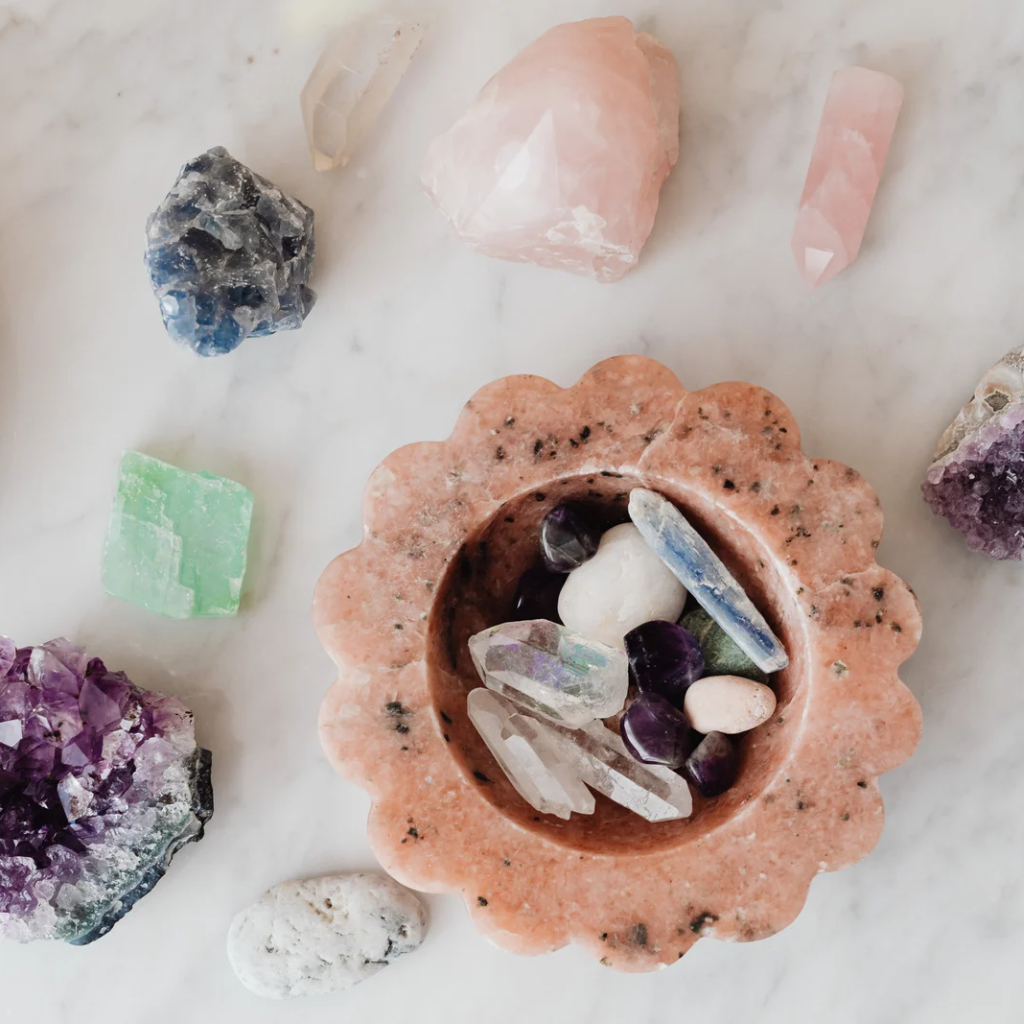Hot Yoga Vs Vinyasa Flow

Are you starting yoga this year? Deciding which type of yoga can be tough if you don't know much about the differences, and the benefits of either. So which one is better suited to you this January, Vinyasa Flow or Hot Yoga? First, let's define both concepts.
What is Vinyasa?
One of the essential parts of Ashtanga yoga, vinyasa teaches us to move in harmony with our breath. In essence, it's a breath-synchronised movement throughout your practice, lining up your inhalations with upward motion, and releasing the breath on the way downwards or when sinking deeper into a stretch. Ashtanga yoga is a series of particular poses, and while taking its inspiration from Ashtanga, Vinyasa flow allows for more variation in poses and transitions. It draws upon that principle of synchronising your movements with the breaths, lengthening through the spine as you breath in, and folding, or grounding yourself on an exhalation.
What is Hot Yoga?
To many people, hot yoga is synonymous with Bikram Yoga, a regimented sequence of twenty-six postures practices in a room set to 42°C. However, Bikram is only one of many styles of hot yoga - many studios lean toward a more liberal flow composed by teachers themselves, still taught in a heated room. The heat helps the muscles warm up quicker and stretch further, whereas in vinyasa flow the heat is built up from within, which is why most vinyasa sessions start with some version of a sun salutation. When practising hot yoga, one should be careful not to strain their muscles – the heat might trick you into going deeper into a stretch that you're ready for, and therefore sustaining an injury. It is also vital that you drink enough water to compensate for the sweat the practice produces.
Who is it suited for?
Both of these types should not be practised by beginners. Vinyasa requires a knowledge of at least basic poses, and the stamina to transition quickly enough to provide your body with a sufficient amount of oxygen. Hot yoga may not require the knowledge, but can be really tough through the sheer fact you put your body through yoga poses in a heated environment, where breathing becomes more challenging, not to mention you ought to apply your mental strength to keep moving. In both styles, it is extremely important to know your limits, and to modify your practice as needed – another ability that comes from practising yoga for a while.
Regardless what you choose, remember to listen to your body, always.
Author: Cat Gavriusova
Follow Cat on
Instagram - @bendandascend
Blog - bendandascend.com
Twitter - @bendandascend
Facebook - facebook.com/bendandascend


Leave a comment